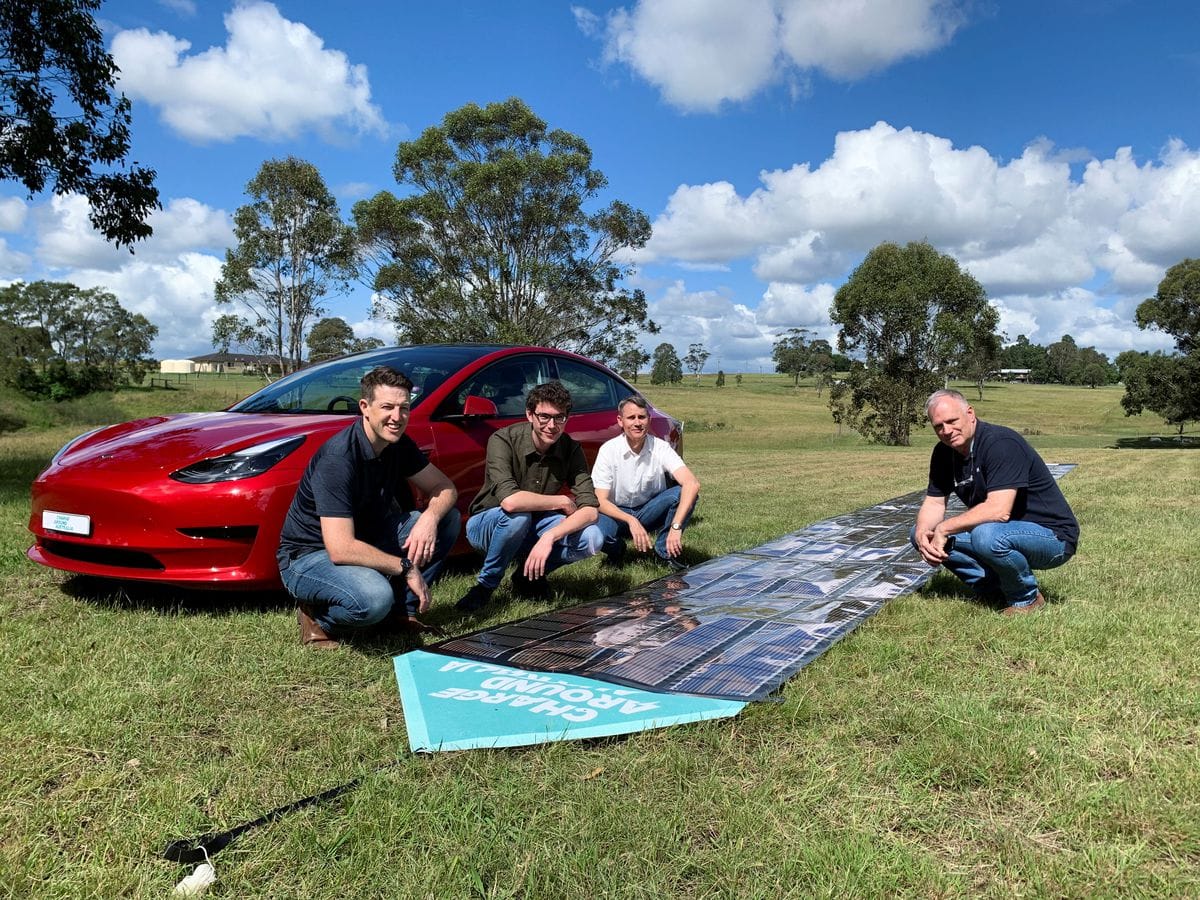
Scientists in Australia are testing printed solar panels that will be used to power a Tesla on a 15,100-kilometer (9,400-mile) journey starting in September, with the hopes of getting the public to think about what they can do to help combat climate change.
The Charge Around Australia project will use 18 of the team’s printed plastic solar panels, each 18 metres (59 feet) long, to power a Tesla electric car, which will be rolled out beside the vehicle to soak up sunshine when it needs to be charged.
The University of Newcastle team will be testing not only the panels’ longevity but also their potential performance in other applications, according to Paul Dastoor, the developer of the printed solar panels.
“This is actually an ideal test bed to give us information about how we would go about using and powering technology in other remote locations, such as space,” Dastoor said in Gosforth, north of Sydney, to Reuters.
Printed solar is a lightweight, laminated PET plastic that costs less than $10 per square metre to produce.
The panels are made on a commercial printer originally used for printing wine labels.

Post Your Comments